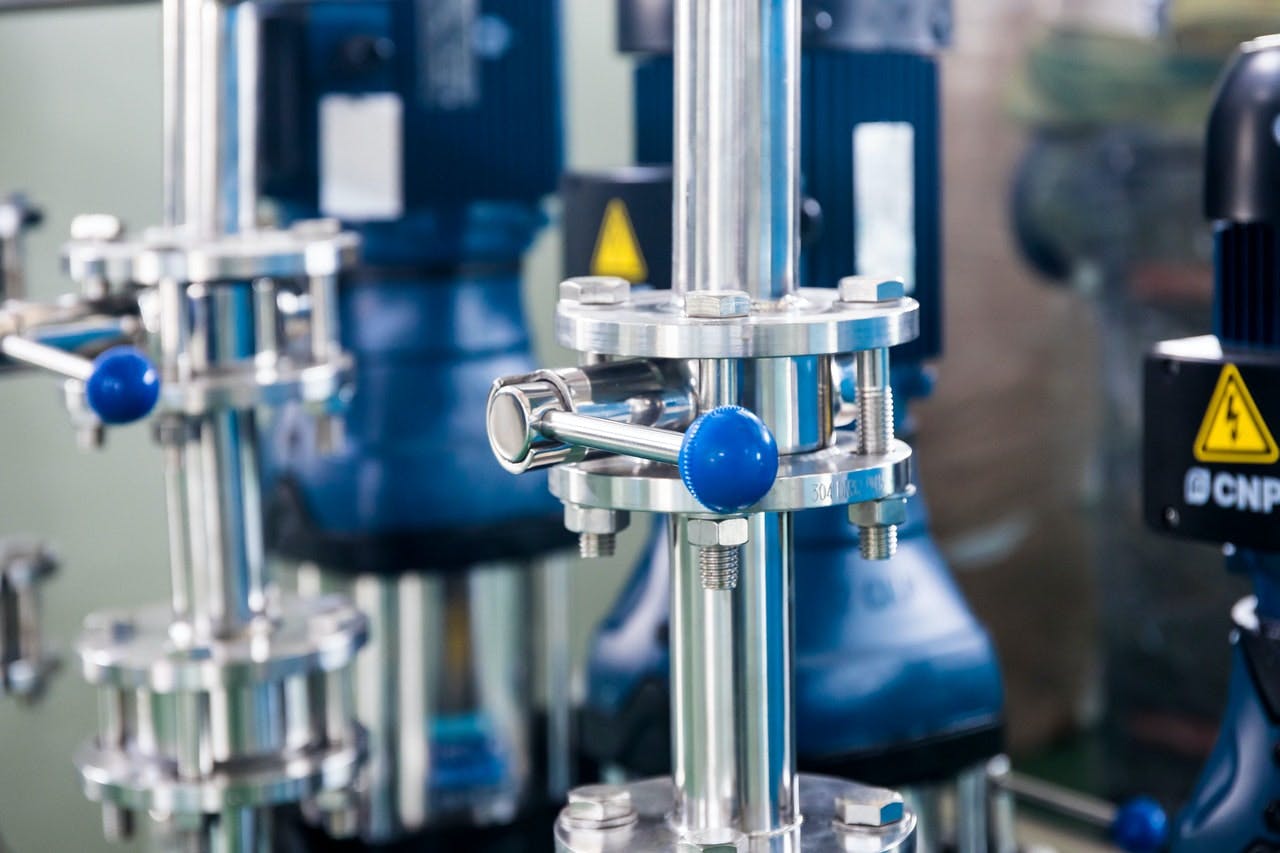No matter how robust your manufacturing practices and equipment are, there will always be a chance of defects or mistakes occurring during production.
To prevent those bad units from ruining the customer experience, quality control is the procedure that a facility undergoes to ensure that the final product is up to standards with consumer expectations and market regulations.
There are many ways to approach quality inspection, and some methods are specific to individual industries. However, QC is a practice nearly every manufacturing facility must undergo, and most of them can benefit from empowering it through intuitive software.
But first, what is quality inspection and how is it being modernized by software solutions? Read on to find out more.
What Does Quality Inspection Involve?
An inspection tests out the characteristics of a final product and compares the results with what is to be expected of that product line. A quality inspection differs from an audit, as the latter tests and improves upon manufacturing processes rather than actual products.
During a quality inspection, the QC officer brings a pre-written checklist of the established standards and covers several responsibilities during the process:
- Collaborating with staff members to create rules that ensure quality.
- Developing documentation so that relevant staff have a reference.
- Doing random check-ups to make sure standards are being followed.
- Reading blueprints and observing internal operations.
- Accepting or rejecting final products and making adjustments accordingly.
- Working with upper management to report final inspection results.
For the complicated production processes of most products today, facilities typically require multiple quality inspections to ensure consistency at each stage. These steps are outlined below.
- Pre-Production Inspection (PPI): As its name suggests, PPI, which occurs before the start of production, analyzes the quality of the raw materials that will be used in the final product.
- During Production Inspection (DPI): The QC specialist watches the production line as it begins working.
- Pre-Shipment Inspection (PSI): Once the final product is hot off the conveyor belt and most of the packaging is complete, the PSI step chooses random samples and inspects for defects. Should there be one, a whole batch is typically thrown out.
- Loading Supervision (LS): Loading and unloading the shipments on and off the truck need to be supervised in some instances to prevent damage during shipping.
You might have noticed that, in the process outlined above, not all units get a full inspection treatment. For high-quality goods with stringent demands, a piece-by-piece quality inspection is sometimes in order to give immense attention where it’s needed most.
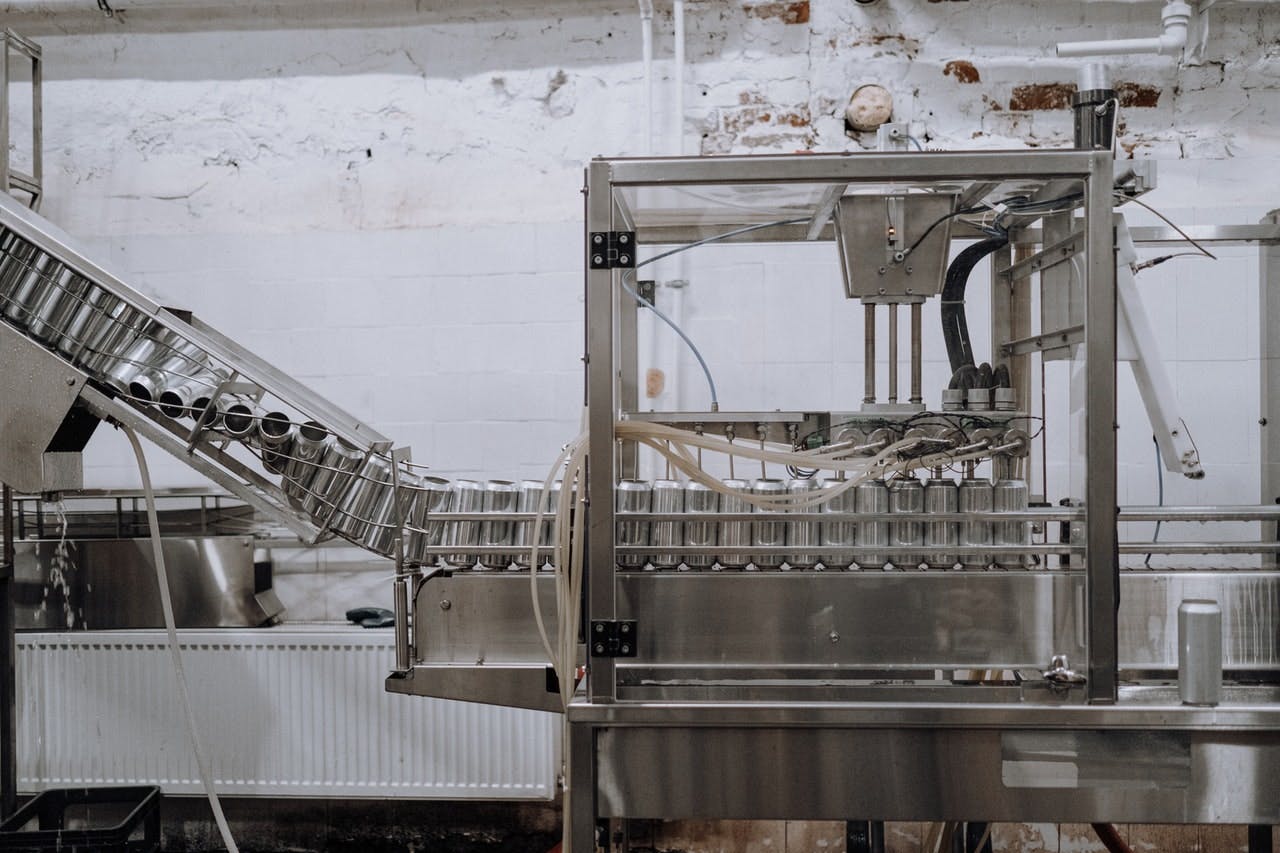
Challenges Facing Many Quality Inspectors
As many consumers can attest to, not all companies get their quality control under control. There are many pitfalls and challenges during the process that management teams are always looking for solutions to solve.
Poor Inspector Performance
The people you hire to be quality inspectors might not be fully ready themselves for the job. This issue can be due to a few reasons:
- The inspectors don’t have enough training and can’t spot product-specific problems consistently.
- Inspectors might simply be lazy and fail to do a thorough job because they rush through the process.
- There simply isn’t a defined process for QC in the company.
- The standards of quality are not set in stone, leaving too much lee-way in the checklist for mistakes to slip through.
- The inspectors might not have access to the measuring tools they need to check for quality assurance.
Either way, the skill and thoroughness of your inspectors are the lifeblood of quality assurance in your business.
Bad Planning
Administrative inefficiencies can also contribute to poor QC performance. Setting up quality inspection dates and times without any organization can result in major confusion over when a check-up is supposed to take place. Some companies also struggle with lining up appointments and allocating inspectors properly.
Even once the inspectors are on-site, some facilities fail to provide the right tools and information needed to undergo the quality inspection.
Reporting and Follow-Ups
Preparing a quality inspection report can take a while, especially if issues are found. Making sure that all the necessary information makes it to the final document is paramount for an integral quality control system.
And finally, you want to make sure that the reports are actually read and understood by the staff. The process doesn’t end when the inspector leaves the factory; the company must still resolve any potential issues found.
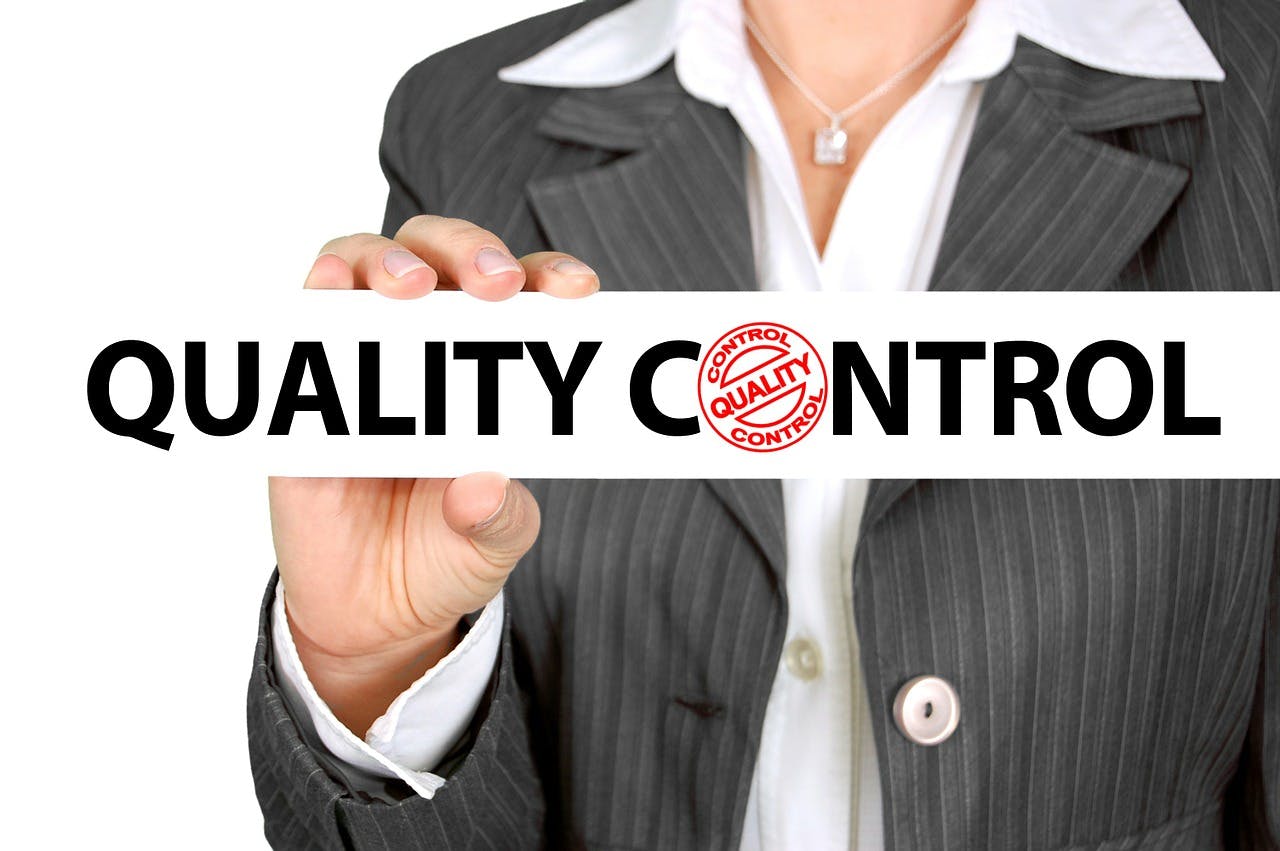
Why Software Is the Solution
Modern facilities are getting around these challenges by empowering their quality inspectors with quality inspection software solutions that address the pain points listed above. They help save time and money by:
- Eliminating human error: Quality inspectors are human too, and software can help prevent natural errors in the process.
- Data collection: Software makes it easy to collect analytics on inspections and see patterns early on, such as whenever particular issues are recurring in the production line or a specific supplier is sending in flawed raw materials regularly.
- Automatic scheduling: Never miss an important meeting again. QC software ensures that the right inspectors are on-site at the right time with the right preparations.
- Removing paper: It’s no secret that most people today are used to using tablets and smartphones rather than bulky clipboards and messy papers. By going digital, QC software makes it easier and less expensive to conduct an inspection.
- Fast reporting: This way, suppliers and upper management can be notified of the results immediately and make corrective actions as quickly as possible.
Create an Intuitive Inspection Process with monitorQA
All in all, software is the key to comprehensive and efficient quality inspections. If you’re interested in taking advantage of these benefits, look to a software suite with mobile compatibility in mind, such as monitorQA.
Start your free trial today and see how we can empower your production lines through the power of collaborative, insight-rich inspections.
last modified:09.17.24
Recent Posts

Top 5 Food Processing Industry Trends That Matter in 2025

Keeping Up With Compliance Trends 2025
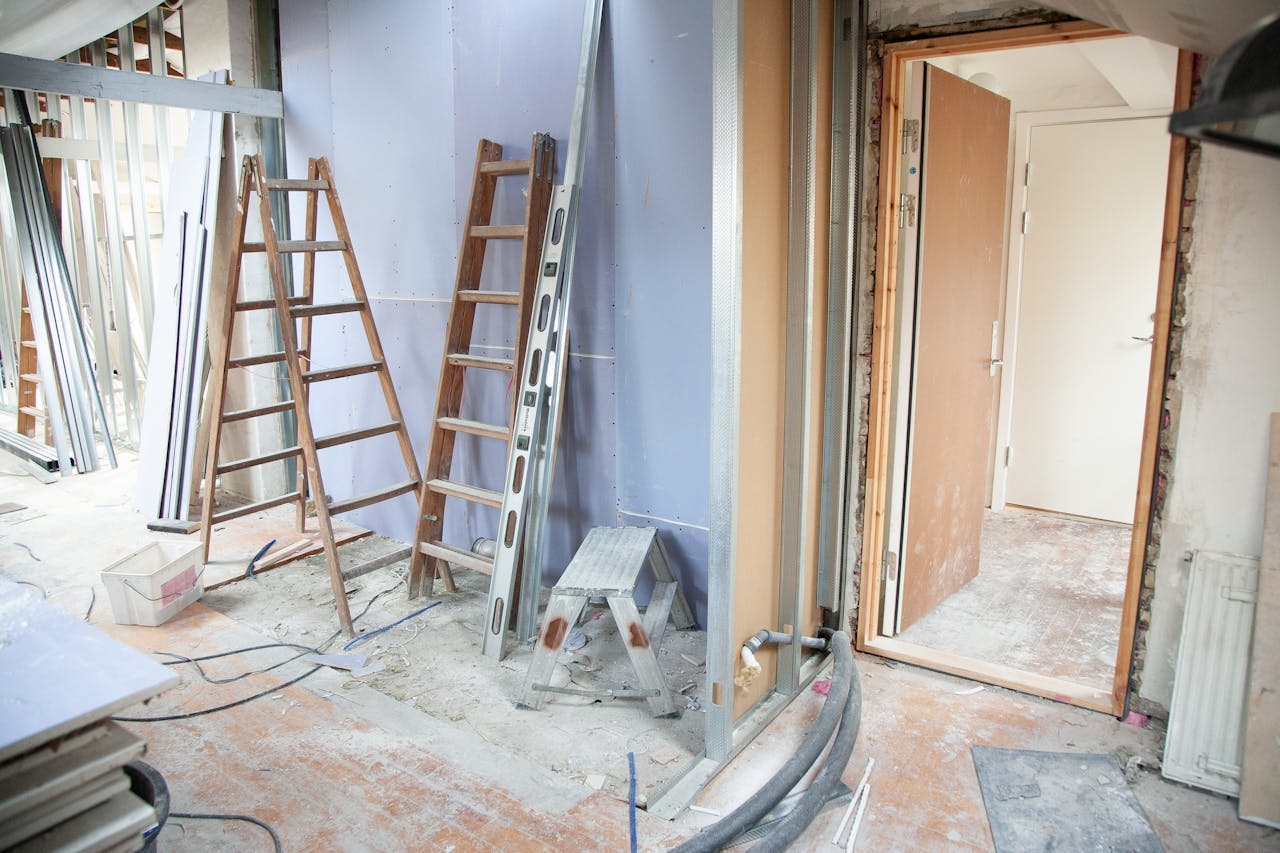
OSHA Ladder Safety 101: How to Meet OSHA Standards and Keep Your Workers Safe

Car Wash Safety: Regulations & Best Practices You Need to Know

Fall Hazards At Work: How To Keep Your Employees Safe

The High Price of Neglect: OSHA Violations and Penalties

Expert Advice on Preventing Workplace Electrical Hazards
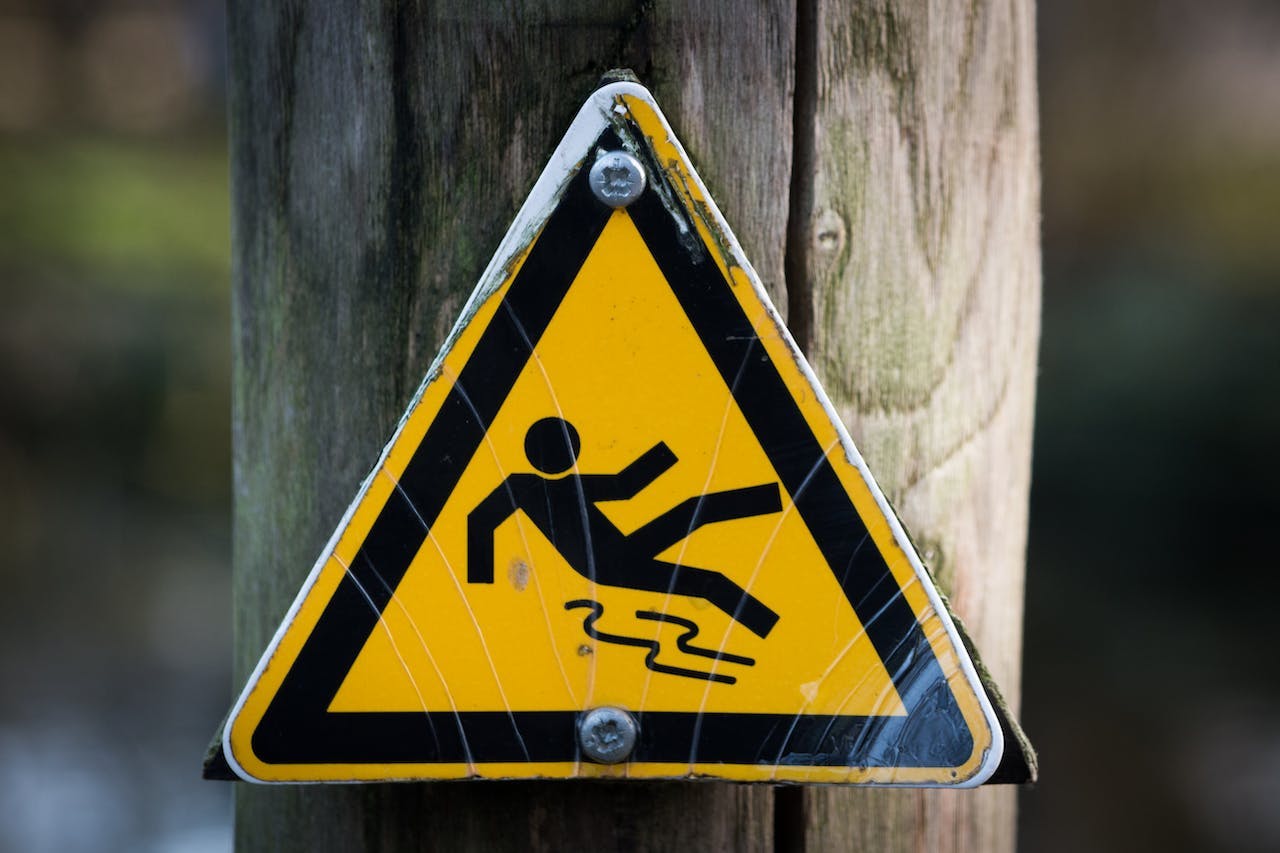
Slips, Trips and Falls in the Workplace: Best Practices

HSEQ Audit: The Complete Guide

Improve Safety: Inspection Management Software Benefits
